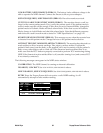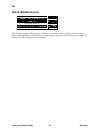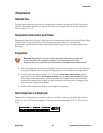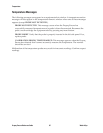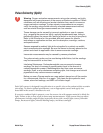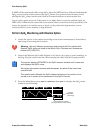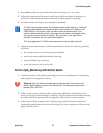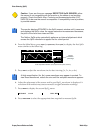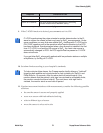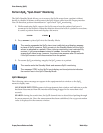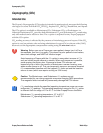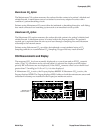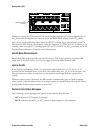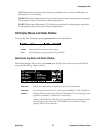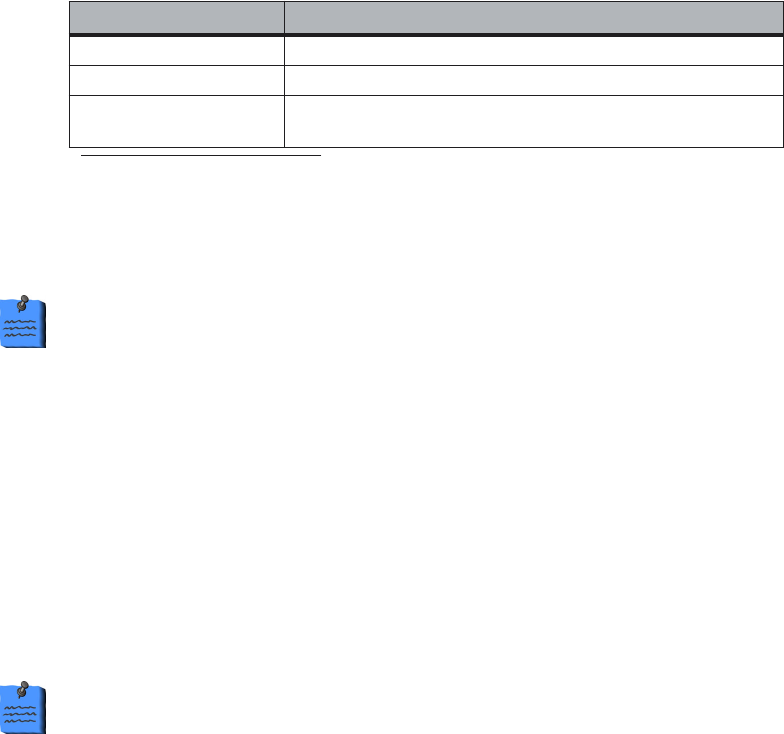
Pulse Oximetry (SpO2)
Welch Allyn 72 Propaq Encore Reference Guide
9. If the C-LOCK function is desired, press C-LOCK to set it to ON.
10. Set alarm limits according to your hospital’s standards.
11. If patient movement interferes with measurements, consider the following possible
solutions:
• be sure the sensor is secure and properly applied
• use a new sensor with fresh adhesive backing
• select a different type of sensor
• move the sensor to a less active site
Response Indications for Use
NORMAL: 5-7 seconds Use for relatively stable patients.
FAST: 2-3 seconds Use when patient movement or other artifact is not present.
SLOW: 10-15 seconds
a
a.SLOW setting is not applicable to the Nellcor SpO
2
option with motion tolerance.
Use when patients exhibiting movement are preventing
accurate measurement at NORMAL setting.
C-LOCK synchronizes the pulse oximeter's systole determination to the R-
wave to reduce the effects artifact may have on SpO
2
measurements. Under
some conditions you may find more stable SpO
2
readings with C-LOCK set to
ON. SYNC appears next to the waveform when synchronization to the ECG
has been obtained. Synchronization takes a few seconds to establish the first
time. If C-LOCK is on and the HR source is SpO
2
, the heart rate source is
automatically changed to ECG. An ECG signal must be present or C-LOCK
does not activate.
If you get false SpO
2
alarms with patients with low perfusion states or multiple
arrhythmias, try turning off C-LOCK.
To help minimize false alarms, the Propaq monitor briefly delays or "holds off"
triggering both audible and visual alarms for limit violations for SpO
2
% and
Pulse Rate for 10 seconds. After the alarm hold-off period begins, if the
monitor detects that the patient’s vital sign has returned to acceptable limits,
the monitor cancels the alarm hold-off. The next time a vital sign limit is
violated, the monitor starts a new hold-off period.



